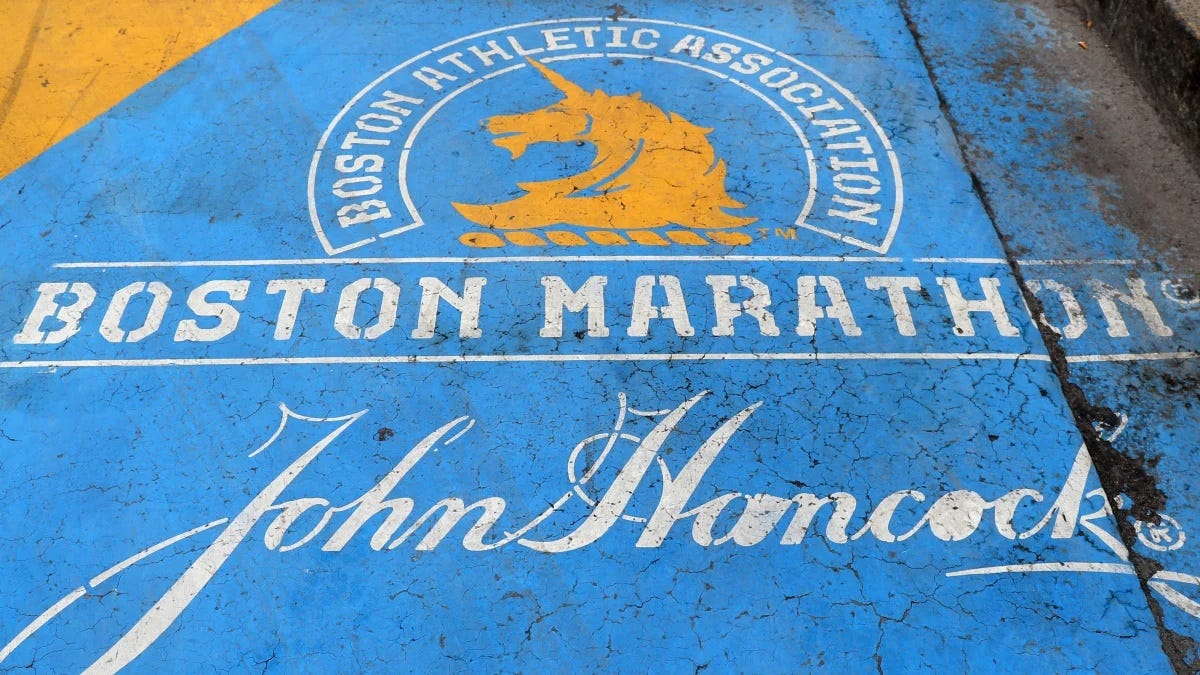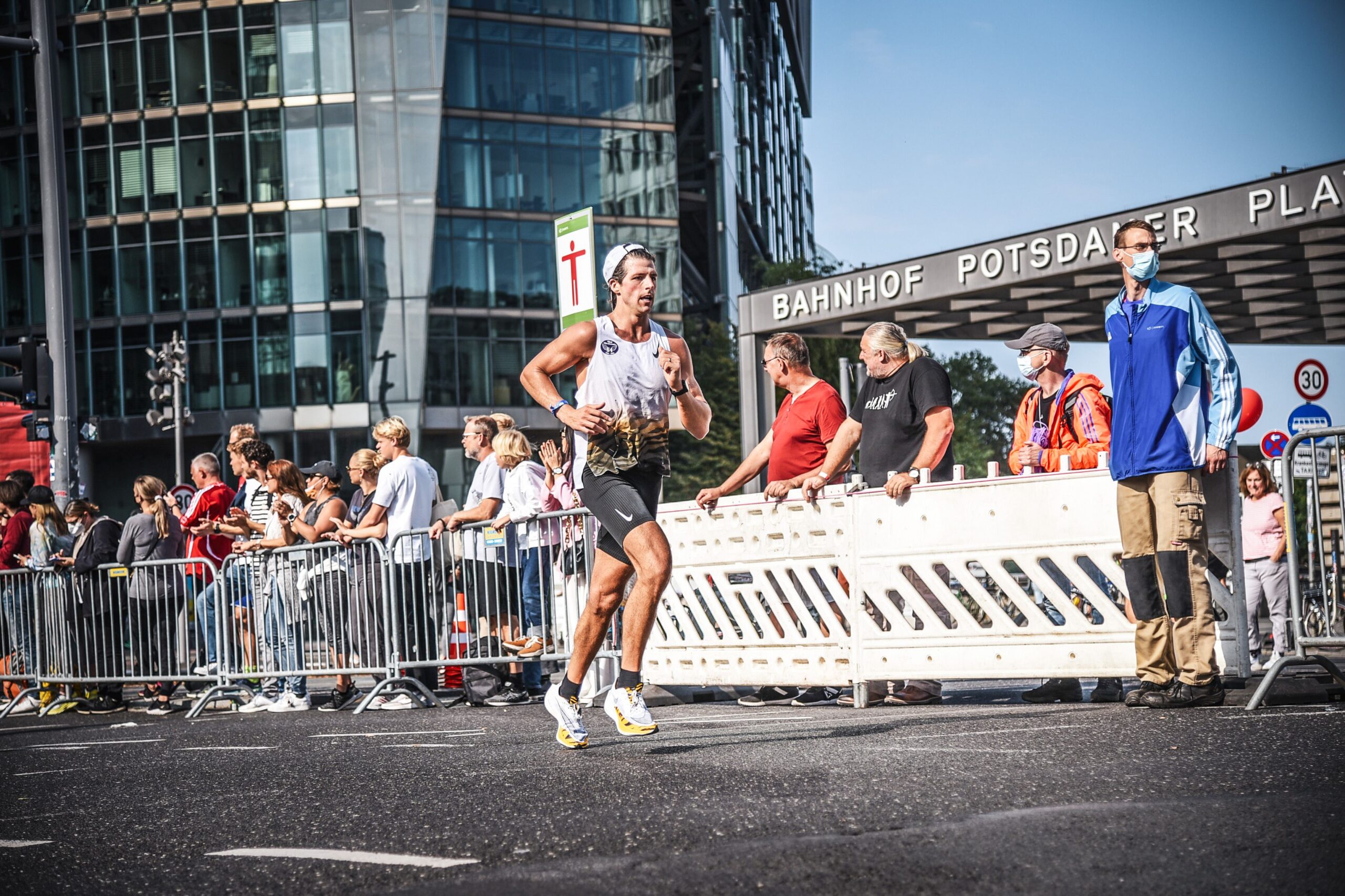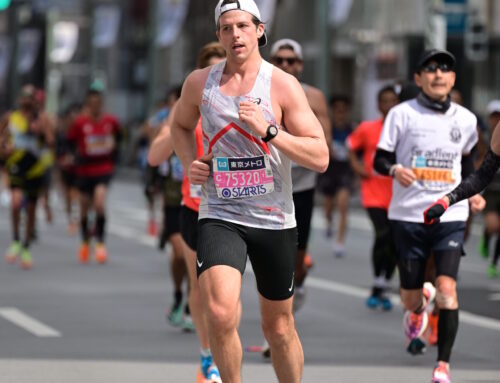This past September I ran my second marathon — the Berlin Marathon. Through a rigorous training cycle, hamstring setback, traveling and my wedding — I hit a PR 2:49:17 (6:27 min/mile pace) but missed my pre-season goal of running a sub 2:45 marathon. Below is the summary of my training, assessment of the race, and my plans for “what’s next”…
Raising the Bar — 10 minutes faster…
Up until running the Berlin marathon, I ran one marathon — the NYC Marathon in 2019. After crushing my goal of running under 3 hours I was determined to see what more I can accomplish at Berlin. Before embarking on my training, I set an ambitious goal of running sub 2:45 (6:18 min/mile). This required shaving 10 minutes off my first marathon time (2:54 NYC in 2019) which I thought could be achieved for 3 reasons:
- Experience Effects. NYC was my 1st marathon, and as a rookie, improvements can be made (pacing, nutrition, hydration, etc).
- Training Effects. Increasing the intensity and volume of training.
- Course Effects. NYC Marathon is a rigorous run through the five boroughs, whereas Berlin is widely respected for being a flat, fast course.
Berlin Training — Don’t fix what is not broken.
My preparation for my the NYC marathon was 5 months of training. Prior to that I had little running experience. However, before ramping up training for the Berlin Marathon in May, I built a solid aerobic base from running consistently throughout the past year. In other words, I was starting off with a solid foundation instead of starting from scratch.
Don’t fix something that is not broken.
My 2019 training rewarded me with my goal of running sub 3 hours (2:54). As a result, I didn’t want to significantly alter a recipe that worked well already. Two things differed this year in my training — 1) I added doubles (AM and PM run) and 2) Increased training days. These two things resulted in increasing my milage. Below was a typical week:
- Sunday — Long Run
- Monday — Easy Run
- Tuesday — Speed Workout or Double (AM & PM)
- Wednesday — Mid-Week Long Run
- Thursday — Easy Run
- Friday — Speed Workout
- Saturday — Double (AM & PM)
A Major Setback…
My training ramped up nicely through June and into mid-July. I hit four weeks of 70+ miles and hit my first 80+ mile week. On July 23, I did a speed workout, at the Lower East Side track, running 5:30-40 min/miles and sprained my left hamstring. After consulting my orthopedic doctor, he concluded it was overworked, but with proper treatment, I would be ok to run the marathon. I realized up until this incident, I ran 38 days straight with no days off, my body felt fatigued and I didn’t do many weight training sessions (which kept my body in shape for speed training workouts).
My coach told me to rest 3 days before coming back gradually. He also removed speed training from my plan. Removing speed workouts was a major blow for me psychologically as speedwork is what makes you faster. I did physical therapy weekly to build back up to where I felt strong and asked coach for another speed workout. He didn’t think it was a great idea but I persisted. I ran another speed workout in mid August and my hamstring flared up again. I learned my lesson and cut out speed work for good and focused on staying healthy for the marathon.
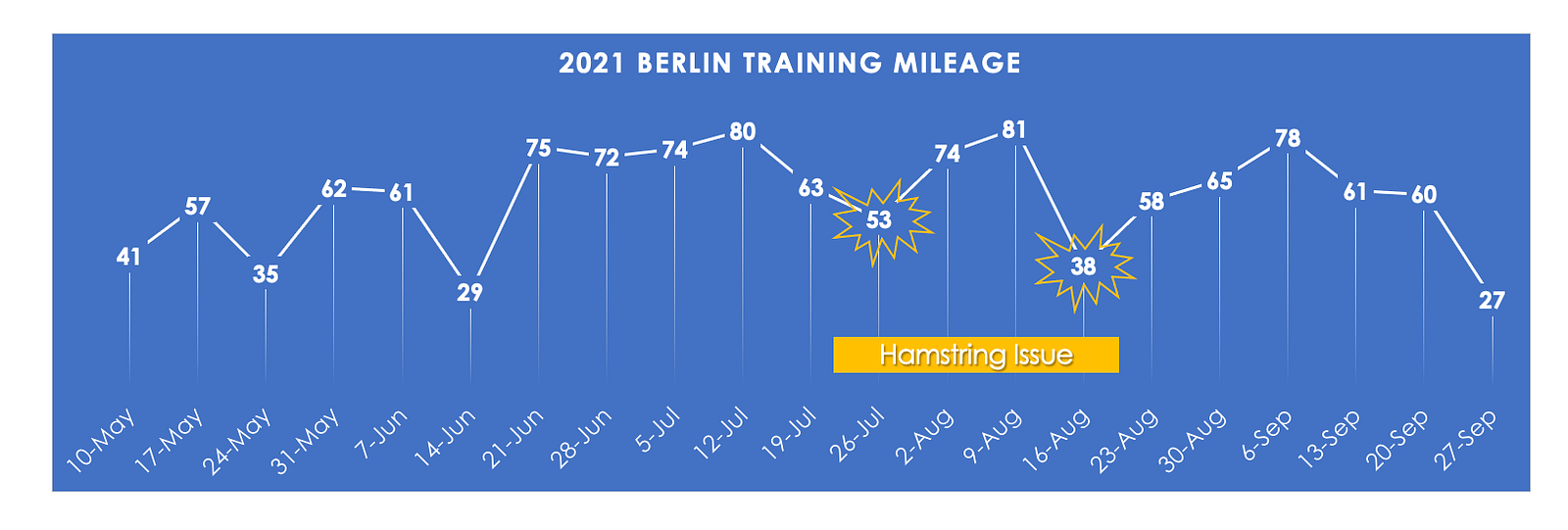
The Race
Just under 25,000 runners packed into the starting gates. I entered Corral C and made my way to the front right. It was 9:12am and the sun was awaking. The crowd was roaring with energy. Runners were filled with adrenaline.
5…4…3…2…1…Boom….the sound of gun.
I quickly weaved among the crowded field toward the furthest right and speed up to the runners ahead that were pacing for a faster finish time. Adrenaline fueled my legs to a fast pace out of the gate and I consciously slowed down to my target pace 6:20–6:25.
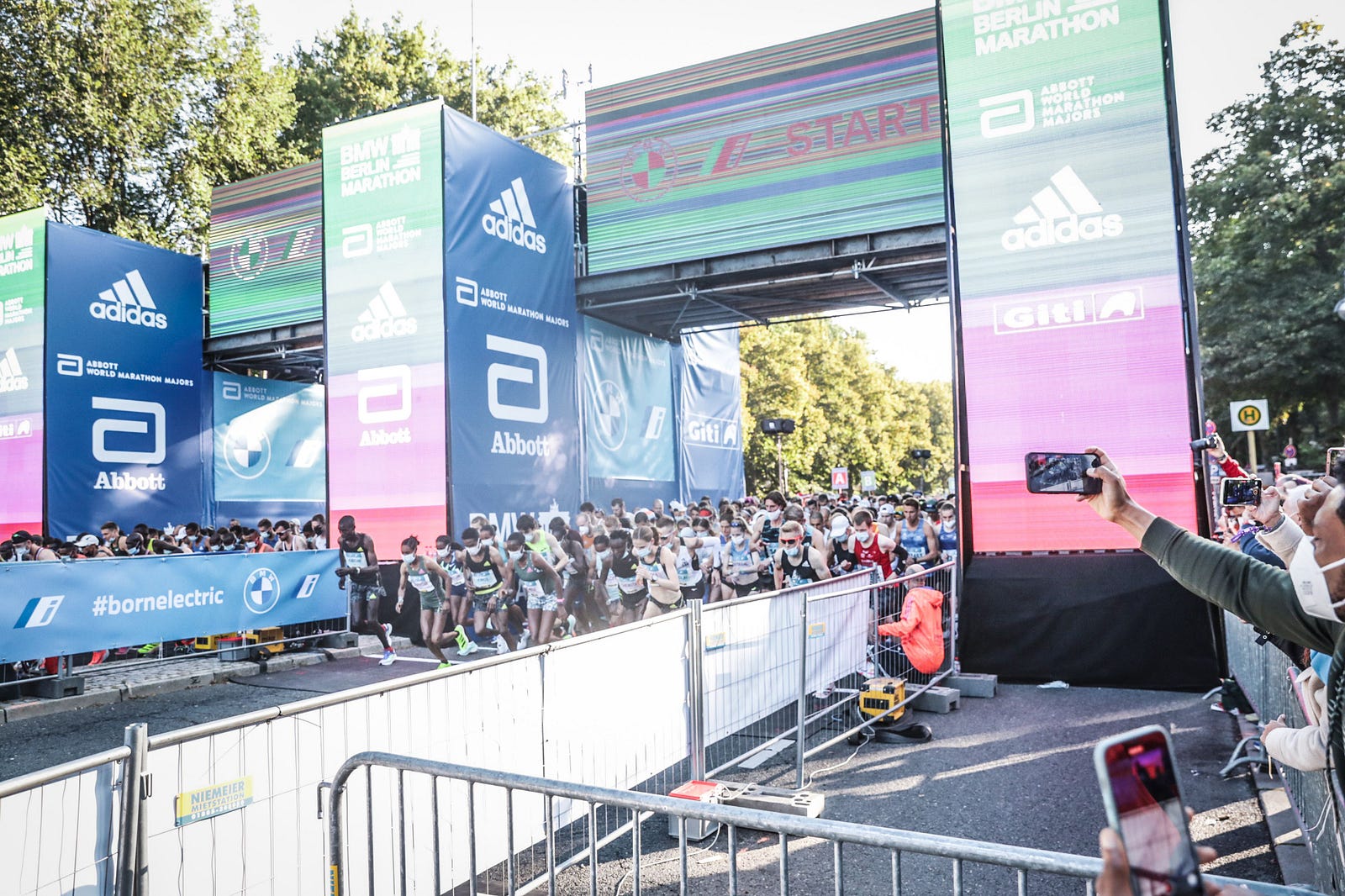
My first 30k was run with extreme discipline and precision. My mind was locked into a consistent pace of 6:20 and I kept a habit of checking my watch to ensure I was seeing 6:20 pace. Up until 35K my splits were as I anticipated — about 20 minutes every 5k.

My Bib Fell Off…
At about 15K a safety pin ripped through my bib leaving it flapping with the wind. I used my hand to keep in place. I worried about losing it and if it would impact my race. Another safety pin broke, so I just ripped it off and stuffed into my tights.
Hydrating in the Heat…
I took water at most of the water points to ensure I was hydrated. Interestingly the cups were plastic (instead of paper) made it difficult to fold and funnel the water into my mouth while running. Many attempts resulted in water pouring down my shirt. “All good” I said to myself to ease my frustration as I realized the water helped cool me down. I knew it was going to be hot race but I didn’t notice the heat in the moment. However, I constantly wiped sweat beading down my face.
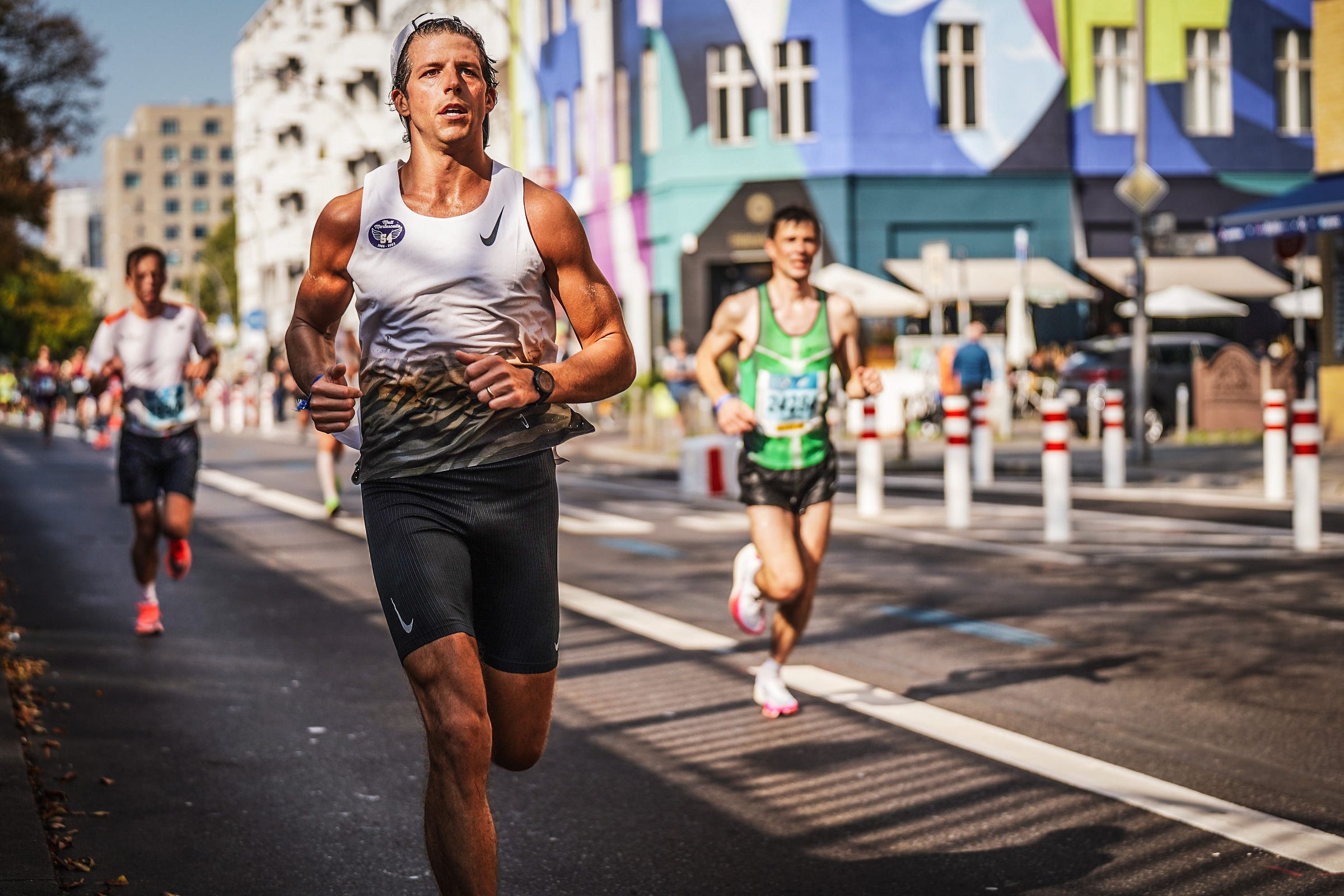
35K – My Calves Radiated with Pain…
Once I hit 35K my calves radiated with pain. Ever stride felt like I was walking a tight rope — one wrong land and my calf was going to cramp or seize up. I attuned my attention to my strides to ensure I prevented my tired legs from landing sloppy. Every stride felt like the game of Operation — requiring precision with landing to take off and not disrupt my race.
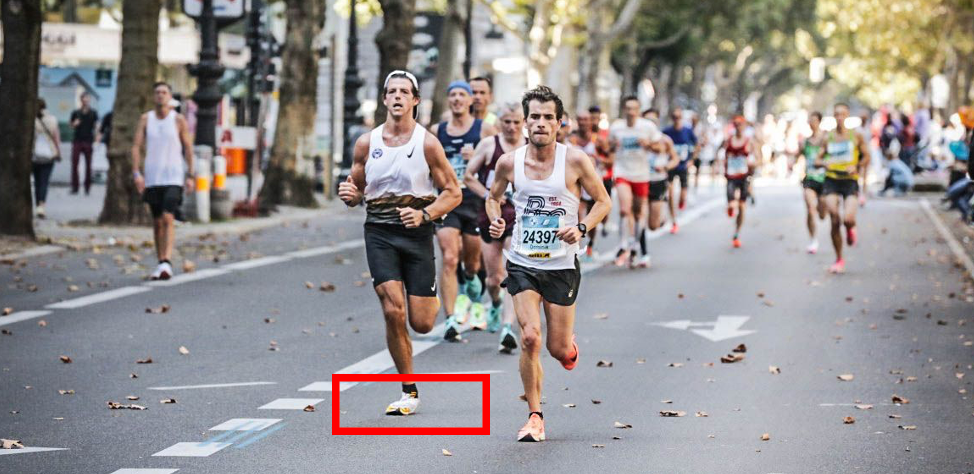
The Last 5K – Holding on…
At one point my mind questioned whether my legs would make it. The day before the race, I mapped the last 5k in my mind and once I hit the buildings along Potsdamer Platz it was a mental toughness game. I turned the corner to see the Brandenburg Gate and squeezed every ounce of energy for the finish.
Finish Time: 2:49:17 / Place: 522 out of 24,786
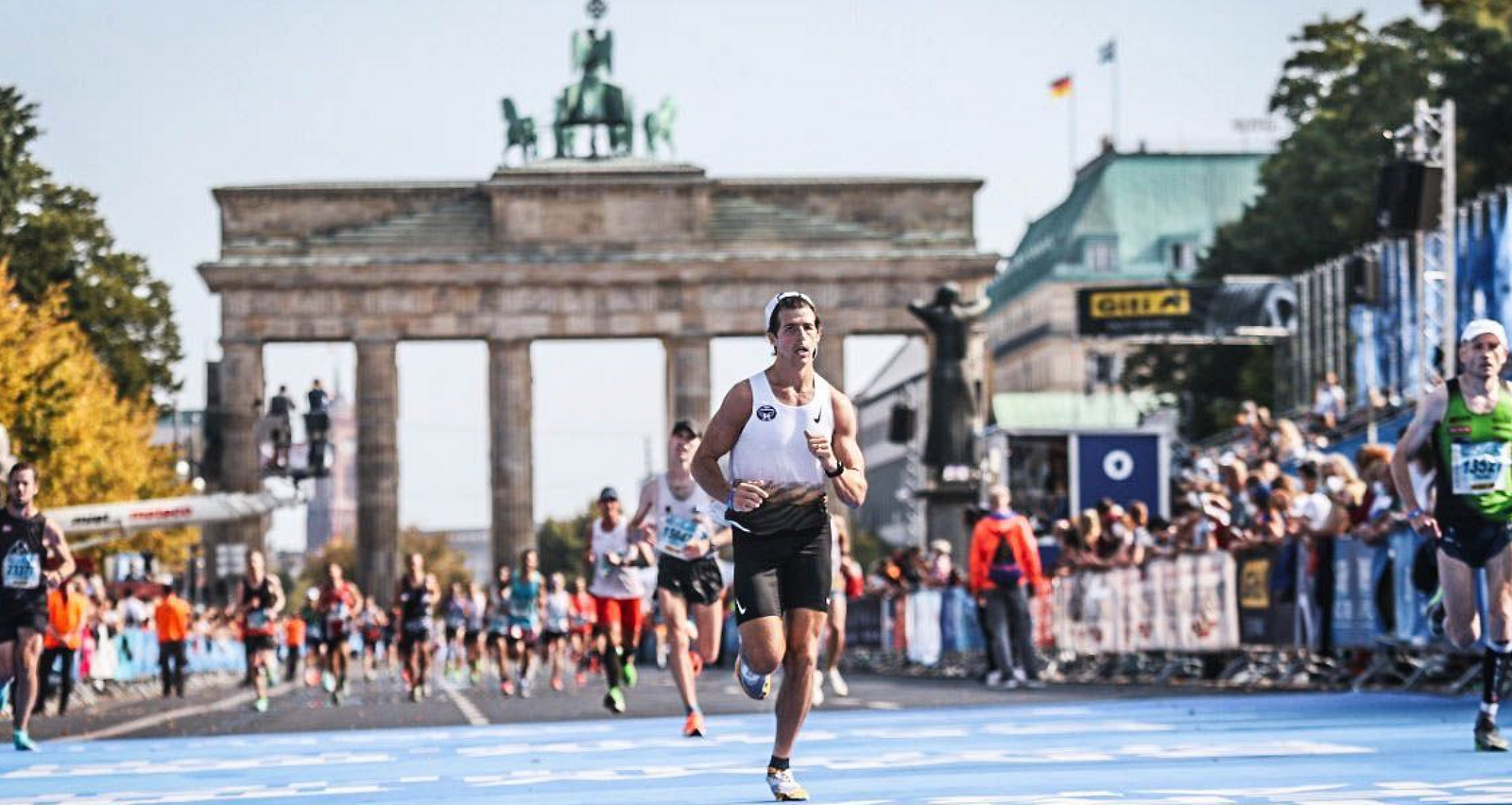
Conclusion:
Immediately after the race, I was not ecstatic with my performance. I felt like I fell apart. Compared to how I felt during the NYC marathon — relaxed and strong all the way to the end. Berlin felt like a struggle to hold on at the end.
After reviewing my splits, and feedback from other more experienced runners, my initial assessment was a bit overblown. Do I want to feel like I have more in the tank at the end? Or do I want to leave it all on the table? I guess the only way to tell is more experience with running marathons.
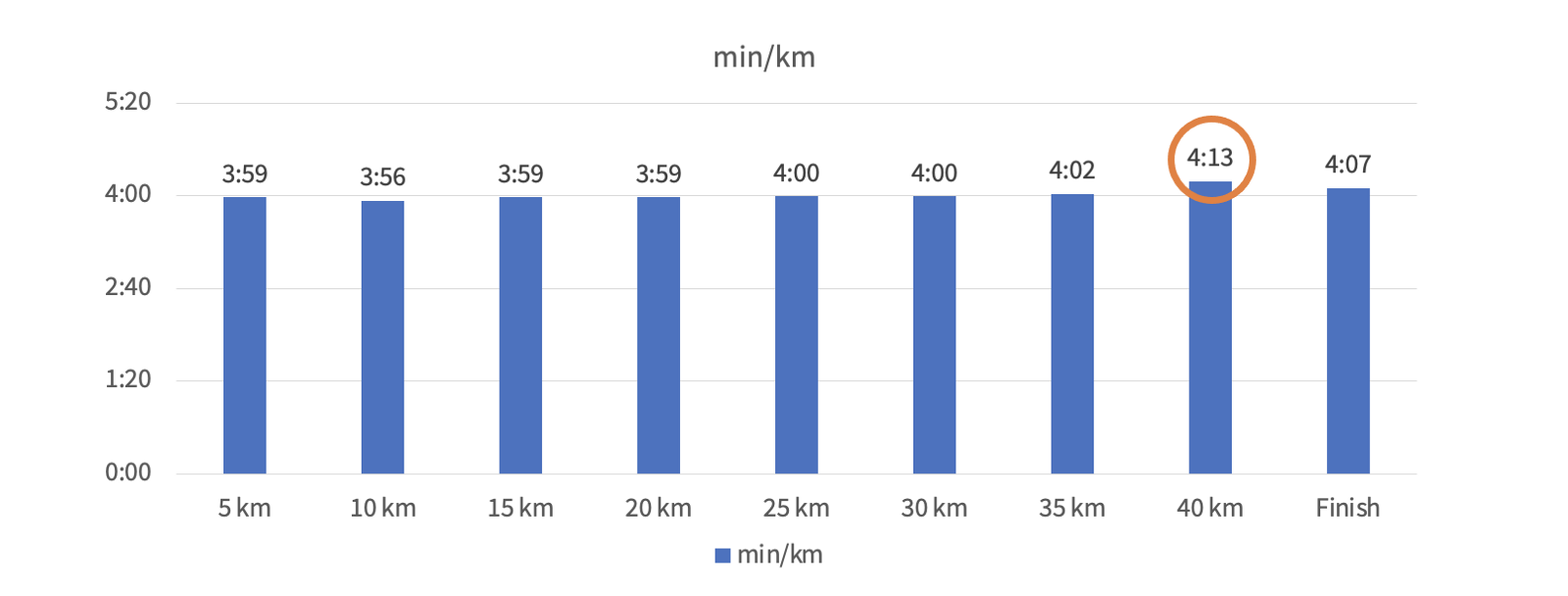
Overall, I am happy with my performance despite my setbacks in training and conditions. More importantly, I recognized how I can improve my training and racing and am keen on improving for next year. I am still focused on hitting sub-2:45 next year.
Sub 2:45 in Boston Spring 2022 & London Fall 2022?
How I plan to reach sub-2:45 …
- Strengthen Glutes and Calves (they are my weakest links)
- More Speed Training (I stopped 2 months out due to hamstring issue)
- Improve Recovery (Incorporate more rest days)
- Better Practice Fueling (plastic cups threw me off)
- Improve Pronation Movement Pattern
- Explore Alternative Racing Shoes (Adidas Adios Pro 2 & Puma Deviate Nitro Elite)
- Run Half Marathon before Marathon to Build Confidence
